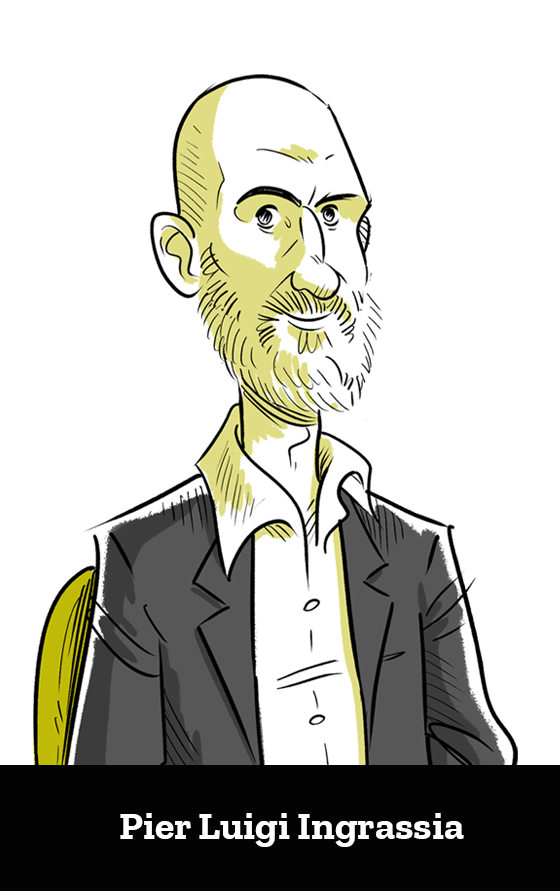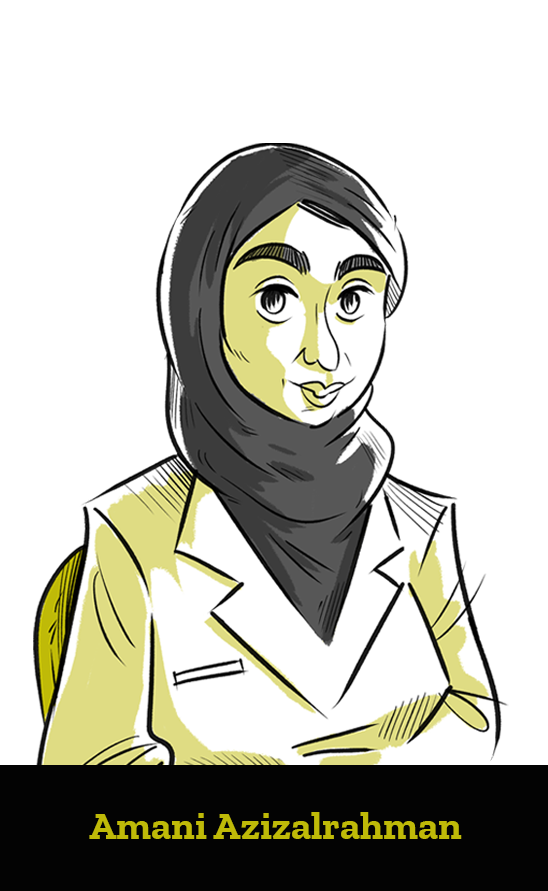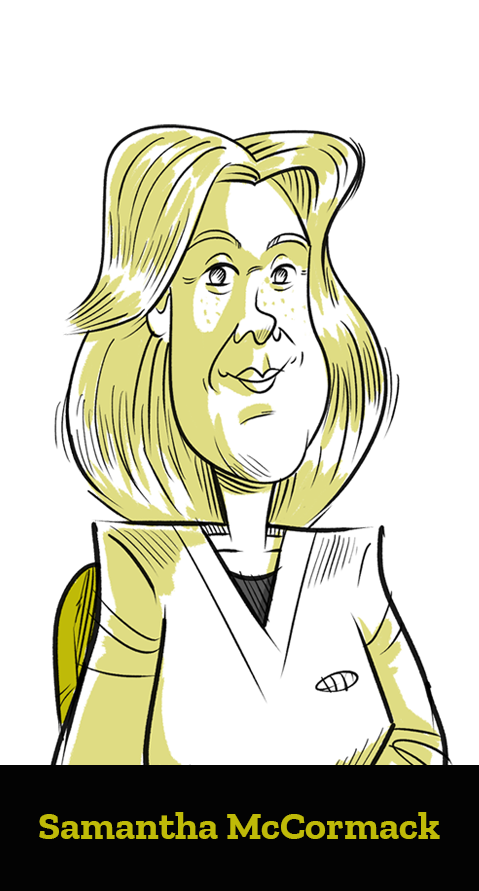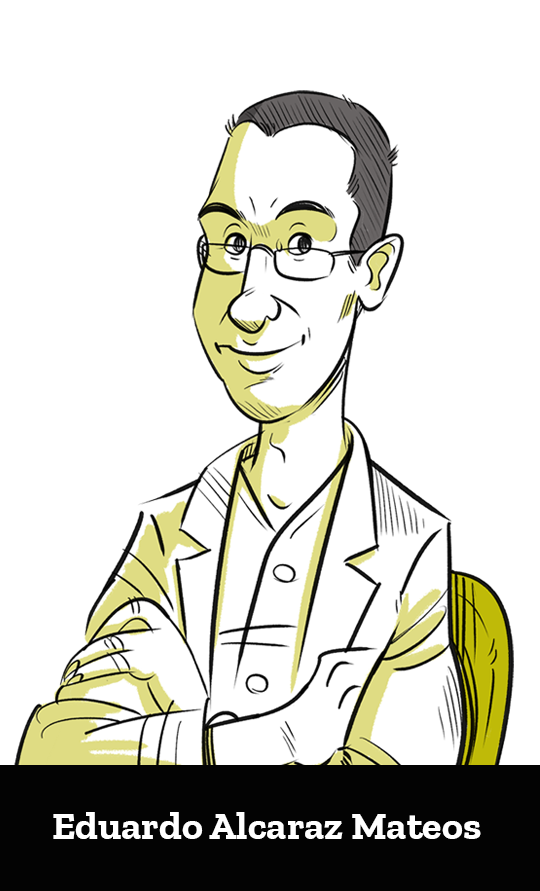Social media have evolved from a fun diversion into a serious business. Our panelists discuss how best simulationists have to adapt and utilize them
The debate
Over the past decade, social media have evolved from a fun diversion into a serious business. Whether you are a simulationist, a simulator developer, CEO of a new start-up in this field, you are surely using some form of social media today. Between LinkedIn, Instagram, Tik-Tok, Facebook, Twitter, Snapchat, and others, we all have been forced to rethink entirely how these means can help and support us in what we do. But how do social media fit into simulation in healthcare? The question persists in debates among experts and institutions. Social media, in fact, can overcome challenges simulation educators face, by facilitating the development of a large community of individuals with common areas of interest, and by making knowledge and ideas easily accessible to a very large global audience. However, fact-checking and filtering for quality cannot be guaranteed. In terms of research, social media may serve as winged messengers for impactful and important findings, best practices and innovations. Nonetheless, the spread of non-peer-reviewed articles through social media comes with dangers as well. They can cause false beliefs to be spread or research to be misinterpreted. On the other side, there are those who argue that social media platforms have the potential to broadly raise awareness for simulation research and patient safety.
Therefore, in this increasingly digital and data-driven world, does the simulation community have to consider how best to adapt and utilize these tools? Is using social media to disseminate high-quality simulation-based results to a very large global audience extremely valuable? It is relevant to consider and discuss these issues.
Moderator: PierLuigi Ingrassia
Centro di Simulazione (CeSi), Centro Professionale Sociosanitario Lugano

Amani Azizalrahman
Pediatric Emergency Consultant at King Fahad Medical City (KFMC). Chairperson of Life Support Department and anatomy lab at Center for Research Education and Simulation Enhanced Training (CRESENT) in KFMC. Vice presidents of the Saudi Society for Simulation in Healthcare SSSH and chairperson for advertisement and publicity at SSSH.
Samantha McCormack
Technical Specialist, Clinical Simulation at Brunel University London. Creator of the Award-winning Dementia Simulation. Executive Committee member for the Association of Simulated Practice in health care (ASPiH). Co-Chair ASPiH Tech SIG. Named in the top 100 individuals or groups whose work at universities is saving lives and making a life-changing difference to health and wellbeing.
Eduardo Alcaraz Mateos
Surgical pathologist and university teaching collaborator at University of Murcia. Inventor of the fine needle aspiration simulation model (FioNA©) and of the physical examination module for tumor lesions and neoplastic anatomical dissection models. Designer and founder of the nonprofit SimInPath© mobile app for skills assessment in Pathology. Organizer of FNA workshops and author of several scientific publications. Interested in the dissemination of scientific knowledge through social media
The majority of us use social media personally; what would be the biggest difference when using these channels for simulation-based education or business?
Samantha McCormack: The more I delve into this question the more my reply changes. Personal accounts are just that: personal, entertaining and more relaxed. Business accounts frequently use analytics to be able to target the best times of day for maximum reach. Their aim is to build an identity and share best practice to really engage their audience. With a personal account, you are reactive, and post in the moment to share with, in the main, family and friends. Whereas business accounts are more proactive, with a little bit of reactiveness, they often schedule their posts for a particular time of day, whilst also keeping an eye on the account activity throughout the day to re-share posts, like etc. Using social media from a business account, you will either have a social media strategy to adhere to, or guidance to follow from your employer and your posts will be carefully curated and intentional, as opposed to carefree with a personal account.

Amani Azizalrahman: Using a personal account on social media allows the owners to speak their mind, to offer their perspective and what they believe or what they have learned from their experiences, and it reflects their points of view on the subject. Using social media for simulation-based education or business should reflect the general guidelines instead, by sharing the methods that are used or highlighted in the literature, without being biased toward one point of view rather than another.
Eduardo Alcaraz Mateos: A series of ethical considerations must be taken into account when generating and publishing educational or informative content on social media networks. Respect, rigor in the information and its transmission must be adapted to the field of healthcare literacy, with an easily understandable language and conveying at all times the concern for the preservation of patient safety in each activity we carry out. However, I believe that a personal account should maintain the same considerations and respect for the rest of the user community. We cannot forget that if the information is public, anyone can have access to this content.
How do social media foster patient safety culture through simulation?
SM: Social media play a huge role in the benefit of patient safety culture through the sharing of research with likeminded people. Social media have allowed healthcare professionals to connect from across the globe at the mere press of a button. Cutting-edge research and global collaboration save time, money and ultimately lives. We have already seen a shift in the way healthcare engages with patients using social media platforms, through healthcare campaigns and digital appointments, and in doing so builds a more transparent relationship between patient and provider and a positive reputation. As the momentum continues to build and more patients connect with social media they will engage and participate more in their own self-care, share their experiences and learn from others, all resulting in improved patient safety benefits.

AA: Social media can enhance the spreading of accurate knowledge: they can be used to share simulation sessions or discuss online educational processes via simulation, and even review recorded sessions. This sharing and communicating minimize the time needed for students to learn, compared to the era preceding social media. Conferences can now be attended online and it is possible to share snapshots via different platforms: this leads to the improvement of patient care and thus of patient safety.
EAM: Simulation in the field of medical education is not a premise considered by the entire scientific and medical community, and the Halstedian dogma of “see one, do one, teach one” still persists, a dogma that should be part of the past. The lack of resources and motivation in these sectors should only strengthen those of us who think that good medical training does not exist if tools that allow the acquisition of skills in a simulated environment are not used. That is why social media represent an appropriate channel to, on the one hand, show citizens that we are concerned about their safety and, on the other, disseminate to the rest of the medical community the tools we have developed to deal with these basic requirements in the medical sciences: medicine, nursing, physiotherapy or pharmacology.
We are aware that social media are not all equal. On which social media platform should a simulationist establish his/her presence? Is it the same for a simulation center?
SM: Generations use different social media platforms, and they use these differently. Gen ‘Z’ see social media as a vital part of their daily life activities whereas Baby Boomers may use it to stay connected to friends and family. To capitalize on this, as a simulation centre you need to fully understand who your target audience is, and use the same platforms as them, in a similar way. Likewise, as a simulationist, even though you are creating a personal account, you are also creating your ‘professional’ brand. With your account you will want to learn from, share and collaborate with likeminded individuals who may be from a different generation to you. Whichever platform you decide is best for you, ensure you are consistent with your posts, or else you will become a dormant account, and lose followers.
AA: From my point of view and my experience, it varies depending on the features that the platform has and which one is currently on trend. I was frequently using one platform which I was comfortable with, but I noticed that learners prefer quick, short paragraphs, so I moved to another platform. What I am trying to say is: study the market and where the highest number of learners is, and be flexible to change the plan.
EAM: Each social media network has its audience and its users, considering the difference between the two, since there are many users who act as mere readers and a relative minority is the one that generates information and exercises this disseminating function. Any platform is valid and it will depend on how comfortable it is for the simulationist to use one or the other. Personally, I prefer Twitter to others like Facebook, Instagram or TikTok. Reasons? On Twitter, iconographic content and short, concise text messages are pretty well combined; the use of keywords or hashtags is very useful for the search for information; and the range of users is very diverse, from traditional media (newspapers, newscasts, TV shows…), scientific societies, groups of patients affected by certain diseases, or colleagues from the same area or field of work. However, I do not rule out the use of other platforms. I hope that Mr. Elon Musk’s entry will only preserve and further develop this platform.

In your opinion, is research and social media a good or a dangerous mix?
SM: Research on social media can be both good and dangerous. It is like bad press: reputation sticks and a bad reputation is hard to fight off and clear. If the study that is shared on social media is published evidence-based research, then we have a benchmark and we can understand the source is reliable. However, if the research is something unfounded, it has the potential to cause more harm than good and is dangerous. Anyone can post on social media and make a claim, how do you know how viable the source is?
AA: I think it would help to connect researchers and allow them to share their ideas, which brings up an opportunity to collaborate. Sharing published research stimulates others to create and write their ideas, enhances learning from the experiences and strategies of other professionals, and it avoids mishaps.
EAM: I firmly believe that social media can offer numerous possibilities in the field of research, since they allow us to obtain additional information than the usual search engines such as PubMed, to establish connections with other colleagues, or even consider these platforms as a method for design studies through surveys or polls. The potential of social networks is unlimited and sometimes unexpected, as already reflected in Frigyes Karinthy’s short story “Chains” on which all these platforms are based (six degrees of separation theory).
How do you predict social media will change and develop in the next year?
SM: It is hoped that social media will be used to educate patients and consistently combat misinformation. With the increasing technology advances and the digitalization around the world, social media will continue to be used to reach large audiences for advocating self-care and preventative health campaigns.
AA: I would say social media will play a major role in education. Different platforms will emerge to meet end users’ needs, and to enhance the learning experience, making it more accessible.
EAM: I hope that there will be no substantial changes in the use of these platforms in the coming years and that they will continue to be plural, open and even offer greater possibilities to users. The technology is there and we, the simulationists, have to take advantage of it to disseminate and propagate the safety message to the patient when we develop teaching in the medical field.
READ ALSO





























